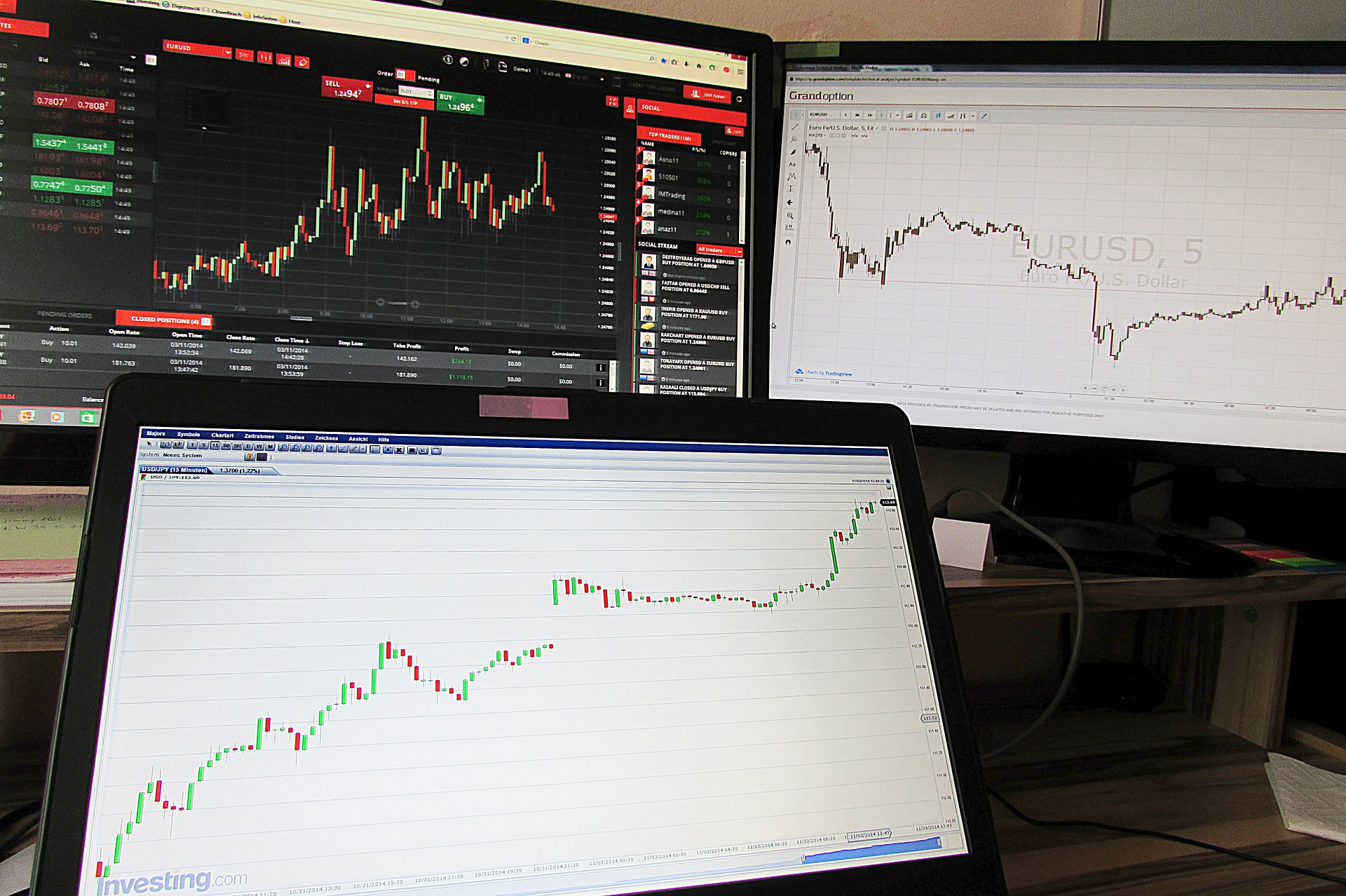
How to trade ETFs on the stock market
admin
- 0
One of the most popular types of investments – both for experienced traders and novices alike – are Exchange Traded Funds (or ETFs). These instruments allow you to track the performance of an underlying index such as the Dow Jones or NASDAQ Composite – which means they’ll rise in value when those indexes go up – but also fall if they drop below a certain point. They’re almost like mutual funds, except they trade throughout the day just like any publicly traded company on either a national exchange or over-the-counter (OTC) market.
Biggest ETFs
The biggest ETFs (and the ones most often traded – which also means that you can get in and out of them quickly with a small investment, allowing you to make money on momentum) are based on broad market indexes like the S&P 500 or NASDAQ 100. For example, there’s one called SPDR-S&P 500 (ticker symbol: SPY). It moves roughly 1/10th of what the S&P moves; if it goes up 1%, the index is up about 0.1%. It allows investors to play without going all-in – for instance, if they want to invest in Facebook but don’t have enough spare cash around, they might buy a few thousand shares of SPY because it’s tracking the S&P which contains Facebook.
Buying/selling ETFs
You can buy and sell ETFs just like buying or selling stocks, but there are some differences. When you buy or sell an individual stock, you’re only dealing with that one security – not any others in its sector. With an ETF, though, you’ll be trading all of them together at once.
If the index goes up 2%, and Google goes up more than that while Apple goes down more than that and Microsoft doesn’t move at all for whatever reason, your ETF will go up as well, even if none of those three companies individually gained anything during the day. These instruments move a bit slower than regular securities (like stocks) and might not be as popular as those for day traders (who like to get in and out of positions within minutes or hours at most).
Because, unlike regular stocks, your investment is tied not to one company, but an entire group of companies, ETFs give you a way to diversify your investments. That’s why so many people buy them: the more stable and consistent the performance of that index – whether it’s the S&P 500 or NASDAQ Composite – the safer your money becomes. Even if one company goes belly up, you’re still protected by all the others who are holding their value just fine!
Buy low, sell high
There are two significant opportunities with ETFs: buying low and selling high. When you’re trying to find new investment, you’ll quickly discover that some of these will yield better returns than others – and if you’re willing to do the research, you can identify which ones will go up and when.
The second way of using ETFs is through trading. Since ETFs are much easier to purchase than stocks or other securities, they make great instruments for traders who don’t have much money but still want to invest in different companies throughout the market. There are thousands of ETFs out there representing every financial instrument in the world – even some that are tied to exotic locales like Malaysia or Indonesia that you can’t find through buying stocks.
Holding ETFs
Most people who own ETFs will hold them for several years and not trade at all. It’s an excellent way to build up your wealth if you don’t have a lot of money but still want an impressive portfolio – and since there’s usually only minimal risk involved, many investors see it as a safe place to park their funds.
Bottom line
Everyone wants to make money in the stock market. Unfortunately, not everyone has time to trade or enough spare money to buy individual stocks. That’s why ETFs are popular: because they’re cheap, easy to use, and allow you to participate without having to do much work. By playing the market this way—making investments slowly over time, so you aren’t affected by short-term fluctuations – you’ll be able to generate a solid bank account before you know it!


